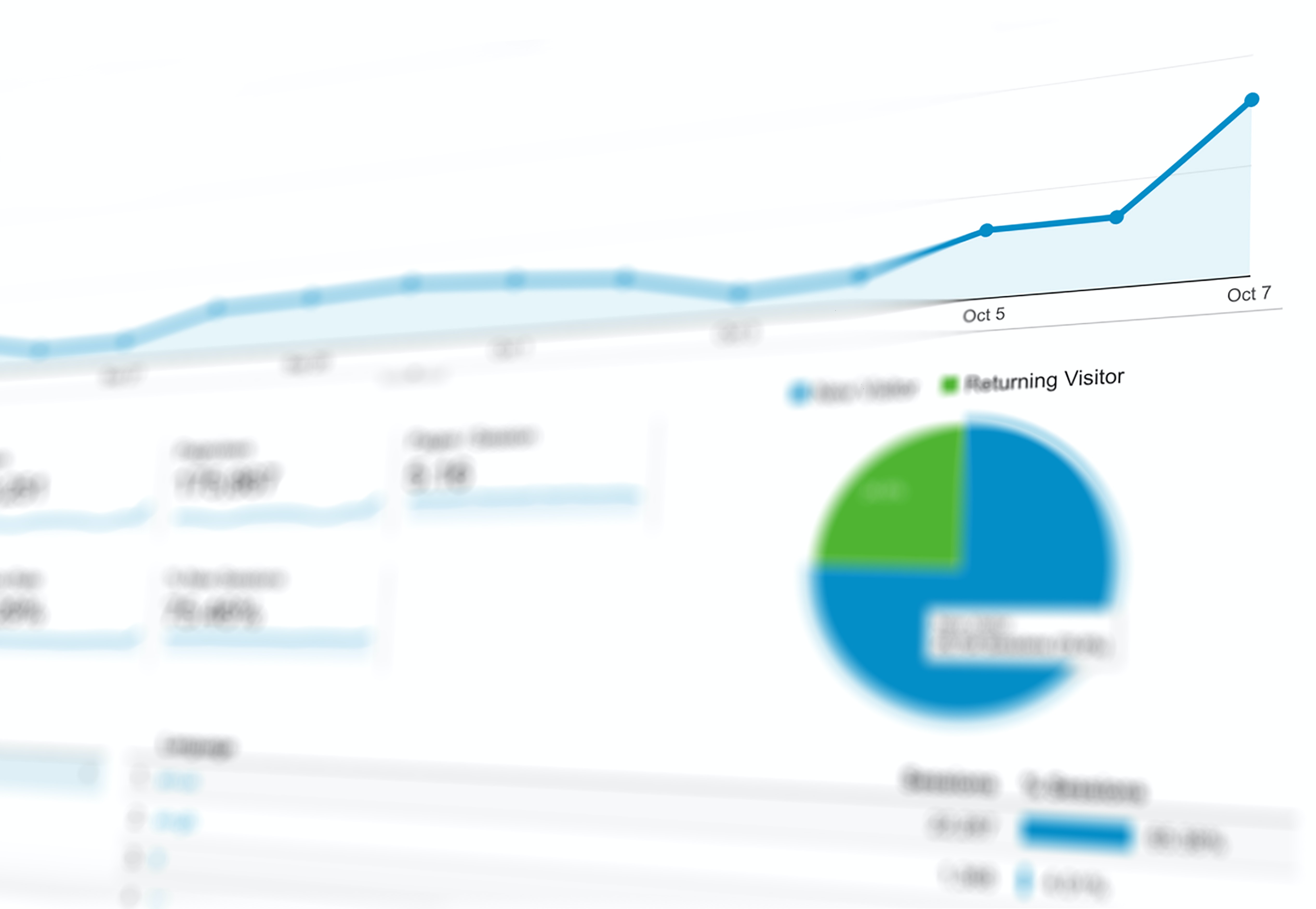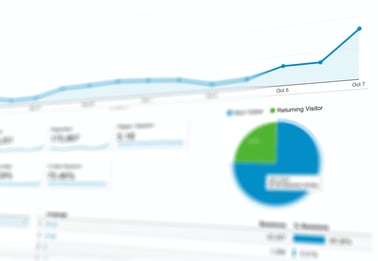
What’s changed?
GA4 (Google Analytics 4) is the latest implementation of Google Analytics. It was released about a year ago (October 2020) and is the new default 'type' of analytics. However, it is no mere 'iteration', GA4 is an entirely new development and different from prior GA versions by being the first to combine analytics across platforms regardless of the device being used (e.g. if you are using both a desktop and a mobile app).
GA4’s ability to capture data from multiple sources provides a more comprehensive view of how visitors are engaging, which can help lead marketers to make better predictions about the actions their customers might take.
 How does this benefit me?
How does this benefit me?
With its new data processing system, Google has changed the way data is being filtered or ignored. Previously, filtering would be configured at the view level. Now, data is filtered at the property level by defining traffic types, such as rules defining what is "internal" traffic, or "test environment traffic" and the reports are configured to ignore or consider only specific traffic types.
Data is now tracked exclusively through events. You no longer report on goals but rather on events that were marked as being conversion events. This potentially creates a level of analysis that evolves from what people see to what people do with its emphasis on user engagement.
Three new built-in modeling capabilities highlight users' behavioral data giving you the potential to better predict purchases, upgrades, and churn. What your customers do paints a better picture of their next action than who they are giving you the key to understanding customers, knowing their actions across channels, and showing them what they expect or need at each moment.
How should I start?
If you are using an older implementation of GA and want to move on to GA4, the level of effort will depend on where you are coming from. Because of the core changes to how the analytics are processed, you’ll be required to create a new analytics property and you should have both your current and the new analytics working together until your team has familiarized itself with the new reports, and been able to verify that they are still capturing all the data they require. Google offers a wizard setup GA4 Setup that allows migration from Google Tag Manager to GA4 with limited effort. If your implementation pre-dates Google Tag Manager you will have to spend more energy re-integrating the analytics library.
You can talk to your agency or service provider about how to implement or understand your analytics in-depth and what actions to take. Or find a provider with the experience to analyze the findings from your analytics and help you to create an actionable roadmap to implement the changes you need.

